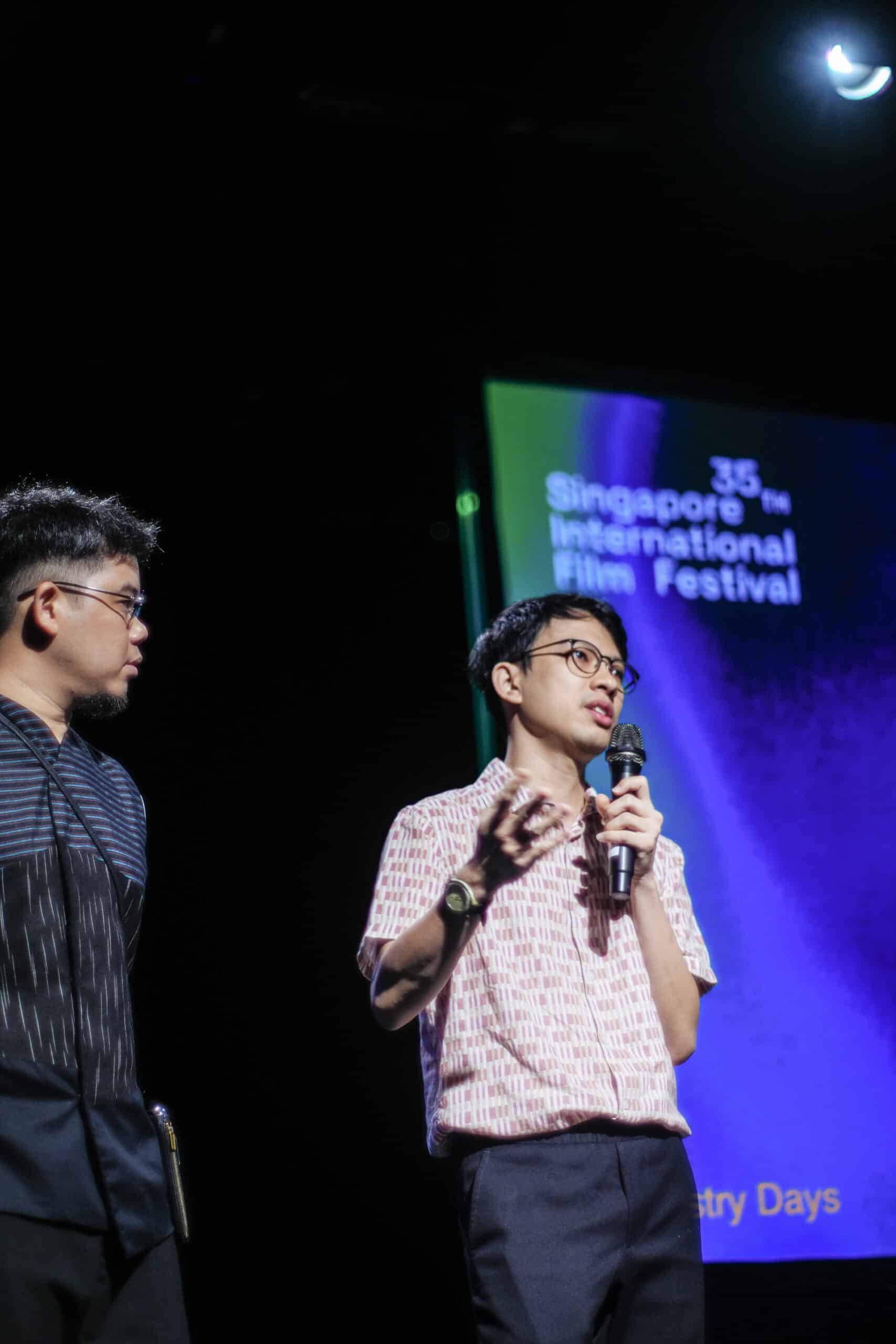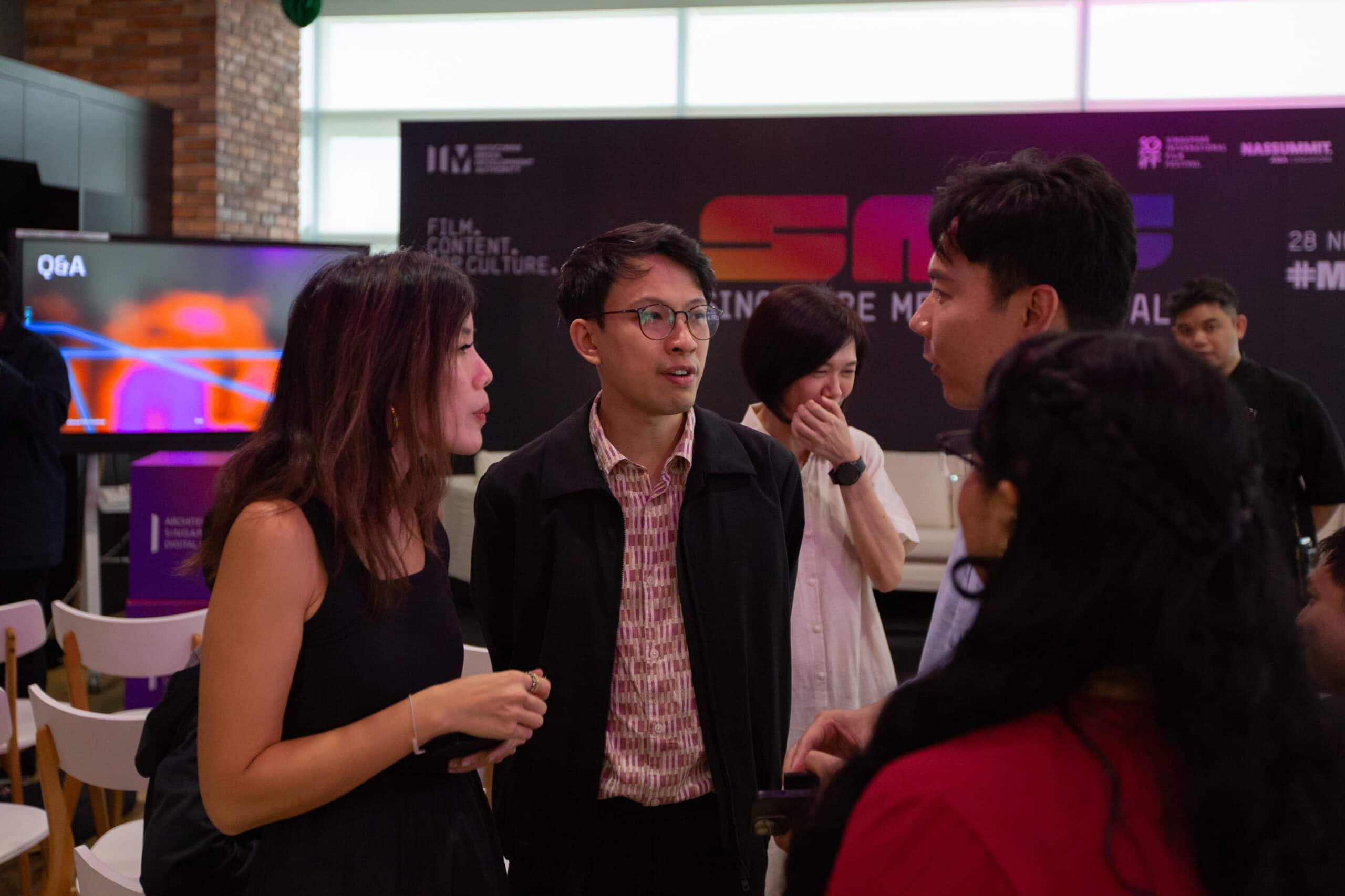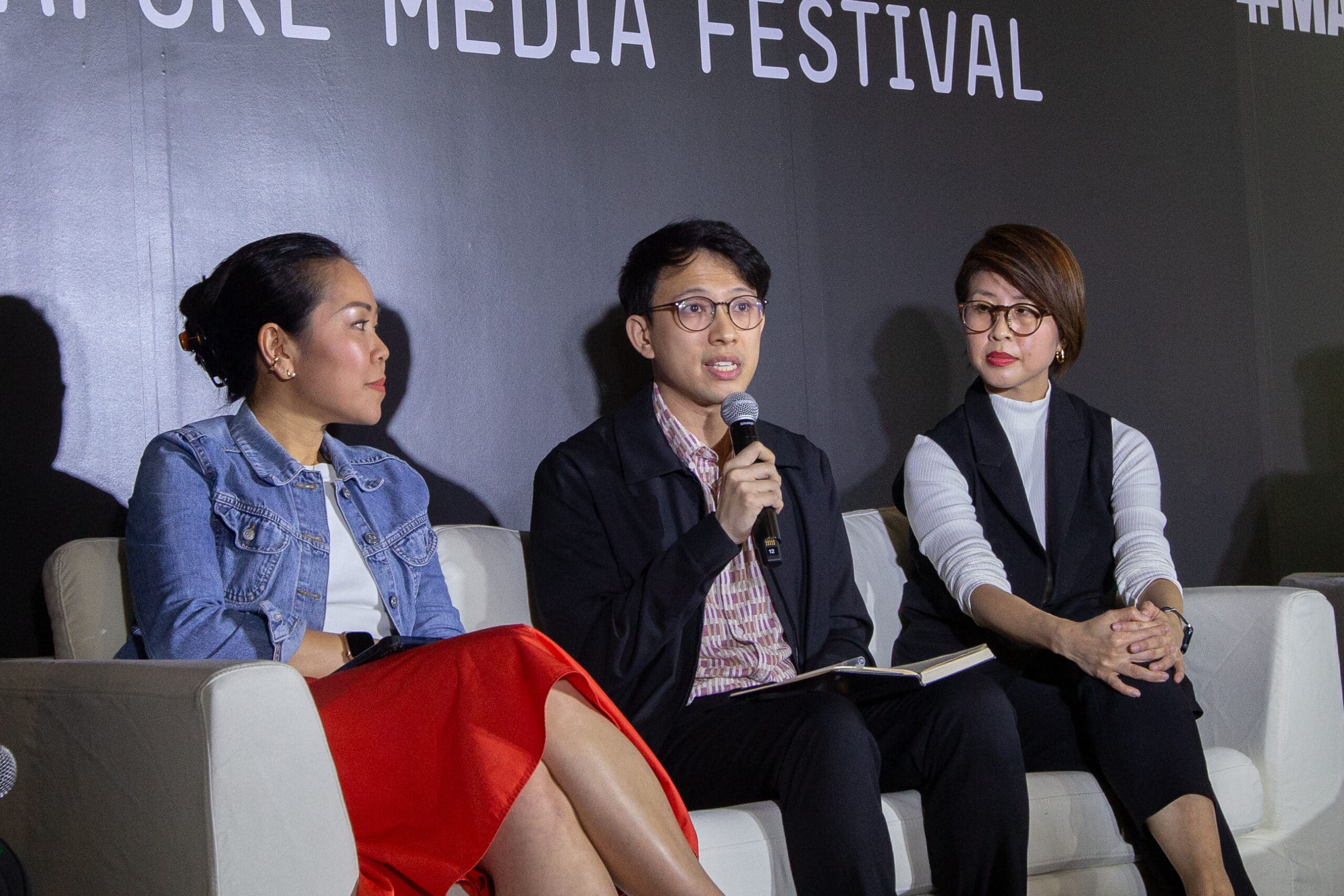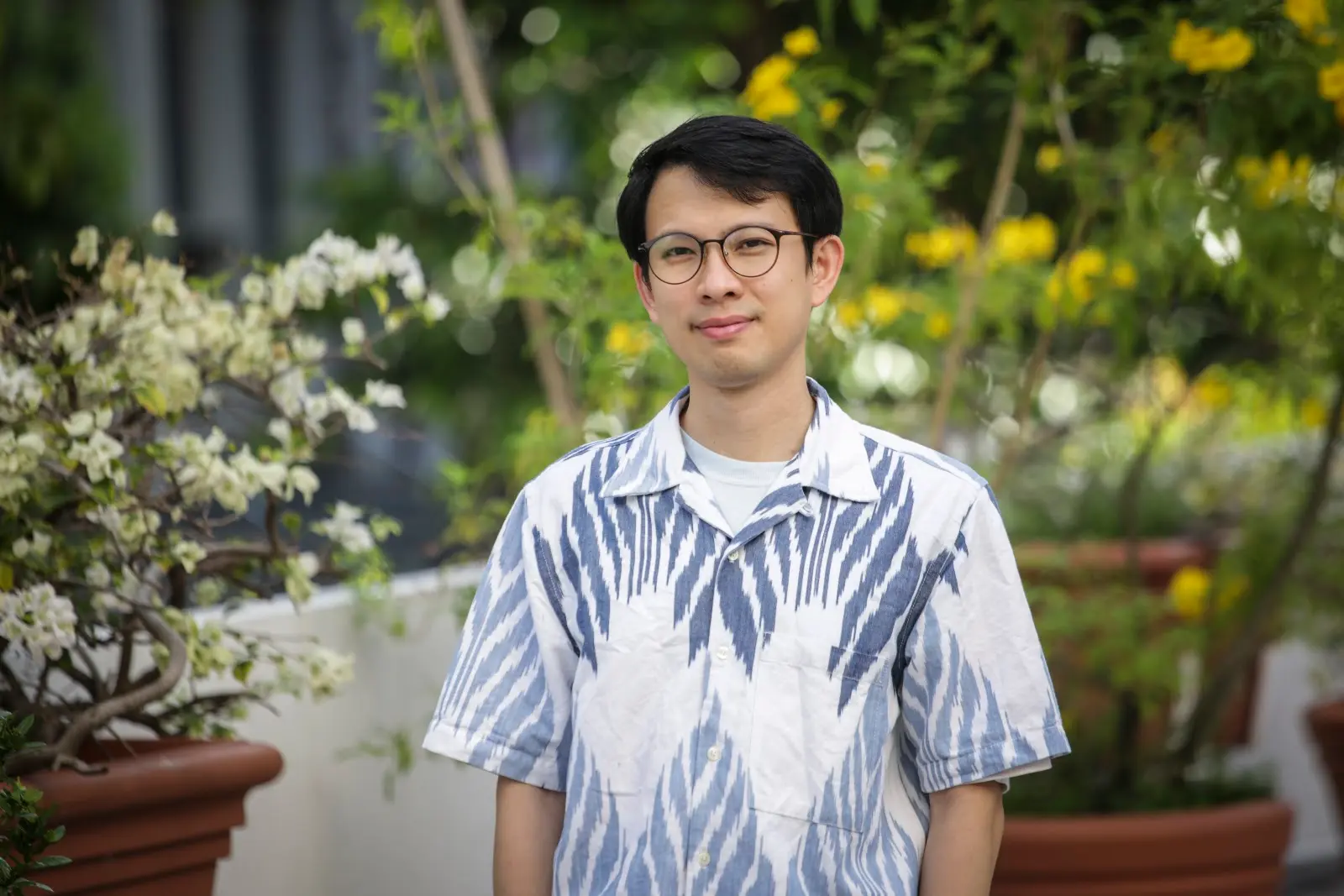As the General Manager of the Singapore International Film Festival (SGIFF), Jeremy Chua is rethinking what it means for a regional festival to matter on the world stage.
This year, he and his programming team are sharpening the festival’s mission: to champion emerging Asian filmmakers and position SGIFF as a crucial “stepping stone” for directors who aren’t always recognised by Western gatekeepers.
From expanding its competition slate to re-centering Asian cinematic references, Chua told Resonate that he sees the festival as both a cultural counterweight and a launchpad — one that can shift global attention toward the region’s most exciting storytellers.

Could you walk us through the curation of this year’s films and explain how it differs from last year—what are you especially looking forward to?
First and foremost, the program team is made up of very independent thinkers. But essentially, they’re focused on finding the most interesting social representations from all parts of the globe, with a clear emphasis on Asian storytelling and new Asian directors.
We try to present a panorama of social and political angles. Specifically for this year’s competition, we’re introducing directors from all career stages to further distinguish our festival from the many Southeast Asian festivals that have proliferated over the last few years.
Those other festivals generally focus on the new generation of filmmakers; in Southeast Asia, there’s a rising wave of young directors today.
We wanted to create a more distinctive change. Often, the industry looks to European festivals as arbiters of success, but we wanted to participate in that conversation and show that Asian directors, even if not recognized by European festivals, are making excellent work.

We have an international jury of renowned filmmakers and film professionals who can give awards that help directors gain more press, distribution, or new audiences. Our goal has always been to make the festival a stepping stone for Asian filmmakers. Globally, we want to position the festival as a gateway to what’s happening around the world.
We also champion masters, great films, and highly anticipated works from top festivals. Since our selection is fairly small—only about 120 films—we’re very intentional about spotlighting new names, most of whom are Asian directors. That’s how our programming is mapped out. Regarding classics, we look at what’s been restored in the last year.
Read more: Michelle Yeoh and Jon M Chu Praise Singapore at ‘Wicked: For Good’ Premiere
When we award honorary prizes to filmmakers like Deepa Mehta, for example, we try to showcase their work in the landmark section so audiences can revisit classics new generations may not have seen, but whose names they might know as visionaries in cinema.
It’s like how many film students know names like Godard or American icons, but may have only seen one work. So retrospectives and “in focus” sections allow audiences to deepen their knowledge of senior directors.
What do you think are the barriers keeping Asian cinema from gaining more global appeal?
Practically, subtitling is a major challenge. Philosophically, it’s about Asian people referencing their own cinema as a benchmark, instead of always looking to Hollywood or Western films.
When classics are discussed, people think of French New Wave or German Expressionism, but few think about the rise of Malayan cinema in Southeast Asia or Singapore—films like P. Ramlee’s, which were humorous yet socially thought-provoking.
We need to shift the mindset of Asian audiences to appreciate and respect our early generation filmmakers, many of whom don’t reference Western cinema. We’re trying to change that cultural imperialism and inform audiences by presenting both classics and contemporary works.
Is there a particular country leading this change or getting more attention in festivals this year?
Japan stands out this year. It started with Cannes, where there were seven Japanese films across various sections. East Asian cinema tends to be most recognizable because of its star systems and pop culture iconography.
Japan, specifically, has a long history of competing at top festivals and even at the Oscars. The industry has built a strong audience that craves diversity; they don’t rely solely on Hollywood films but also appreciate Japanese and world arthouse cinema.
Recently, Korea experienced a bit of a decline, while Vietnam and Indonesia have seen steady growth. It all depends on where audiences are and how cinema business operates in these countries. In places like Indonesia and Vietnam, cinemas have only recently started opening in rural and secondary cities, making moviegoing still a novel experience. The marketing is doing quite well there.
On the flip side, why is it so difficult for Singapore to gain traction in the industry?
Singapore faces an overabundance of entertainment options. There are many factors—from screening habits to how people, especially the younger generation, pursue experiences that are shareable, rather than introspective or solitary. Post-COVID habits mean that people showcase their personalities and lives on social media, which is different from the face-to-face, community-based way millennials grew up.

We’re trying to get this new generation to see they can enjoy both live events and social media engagement. Our strategy this year and last was to invite more filmmakers, not just those in competitions or from arthouse circles, but also animators and commercial actors. This broadens entry points for regular audiences. We hope these lived experiences inspire them to share and create their own content. It’s not just about watching a screening and leaving without engagement; we want life encounters to be increased and elevated.
What impact do you think SGIFF has on the industry in the region?
We’re a counterbalance, because our festival is not focused on the commercial side. Instead, we celebrate the artisanal, handcrafted approach—not the mass-produced, machine-made products. We try to give audiences varied options. Without the festival, studios and exhibitors would dictate what gets screened, and those are usually Hollywood films—action, romcoms, horror.
Read more: Singapore International Film Festival 2025 Line-Up Puts Spotlight on Female Filmmakers
Films that address social issues, representation, and political conflicts wouldn’t get shown. Festivals offer alternative platforms for ideas and creators to reach new audiences; it’s part of emotional education and developing perspectives on connecting with the world.
We create space for dialogue, not just event-driven blockbusters. Our purpose is to keep the cinematic ecosystem balanced, so it doesn’t become mere fast-food-style mass production.
Every major city in the region seems to have a film festival. Is this healthy competition, or does it dilute the mission?
It’s healthy competition. Each festival strives for influence and relevance, helping local filmmakers and stories reach abroad. We encourage teamwork and uniqueness—no festival should have the same program. Each has its own voice and mission.

For Singapore Film Festival, our focus is spotlighting emerging talents who want to take their careers to the next level. We see ourselves as a step-up festival—our training programs, competitions, and juries are structured to boost credibility and career advancement for our guests and participants.
And finally, what message would you give to local Singaporean filmmakers?
My message is: take advantage of the festival. It’s a place to find creative and professional solutions, whether through meeting outstanding directors in Q&As, attending industry panels, or joining B2B sessions. The festival’s function is to elevate filmmakers, offering new opportunities and connections they may have never considered.
Singaporean professionals sometimes feel confined in a small industry, but the festival exists to show them they belong to a global market—if they choose to engage. We invite them to link up artistically and professionally with a broader community of creative talents.
SGIFF 2025 will take place from November 26 to December 7, 2025. Buy tickets here.








